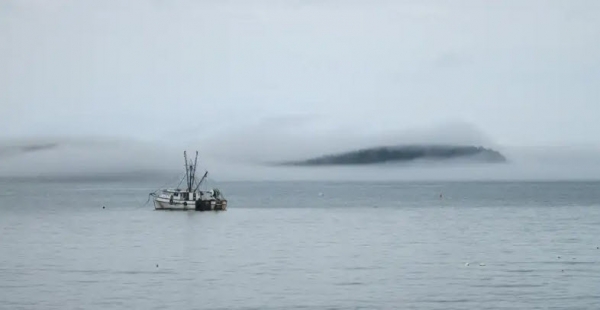As warming waters threaten fish populations and disrupt fisheries around the world, it is critical to find ways to sustain fisheries while at the same time allowing those fisheries to remain economically viable to those who depend on them for their livelihoods. In the United States, commercial fishing employs 1.2 million Americans and generates more than $165 billion annually.
The primary way that the United States has protected its fisheries is through the Magnuson-Stevens Act, which was modernized in 1996 to foster the long-term biological and economic sustainability of marine fisheries. However, the reauthorization of this act has been stalled in Congress for a decade, as some politicians blame the law for being too stringent, leading to what they call ‘underfishing.’
The University of Delaware’s Kimberly Oremus recently served as a lead author on a paper published in Science that examined U.S. fishing policy. The paper found that the Magnuson-Stevens Act is not constraining most fisheries, and that there are various other reasons that lead to certain fish species being less fished.
Read more at University Of Delaware
Image: A new study led by the University of Delaware’s Kimberly Oremus found that while the Magnuson-Stevens Act — which was modernized in 1996 to foster the long-term biological and economic sustainability of marine fisheries — is sometimes blamed for being too stringent, leading to what some politicians call ‘underfishing,’ the Act is not constraining most fisheries, and there are various other reasons that lead to certain fish species being less fished. Credit: University Of Delaware


